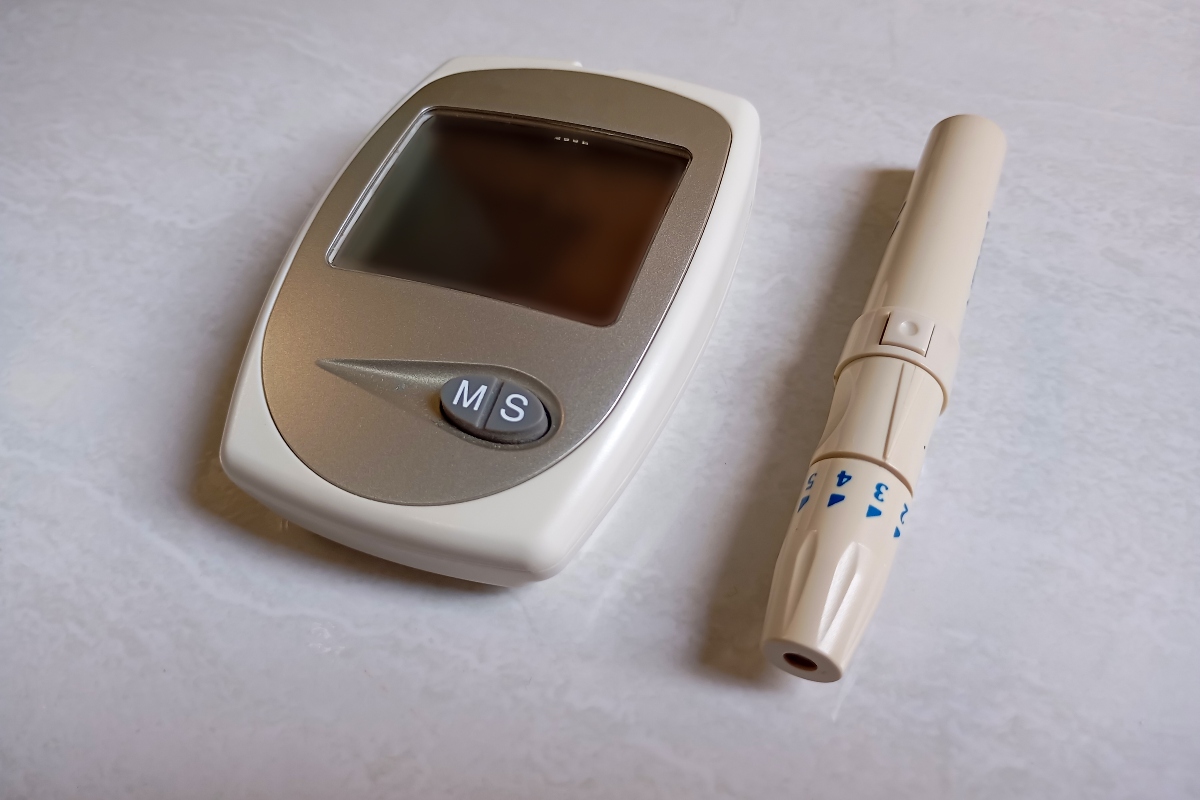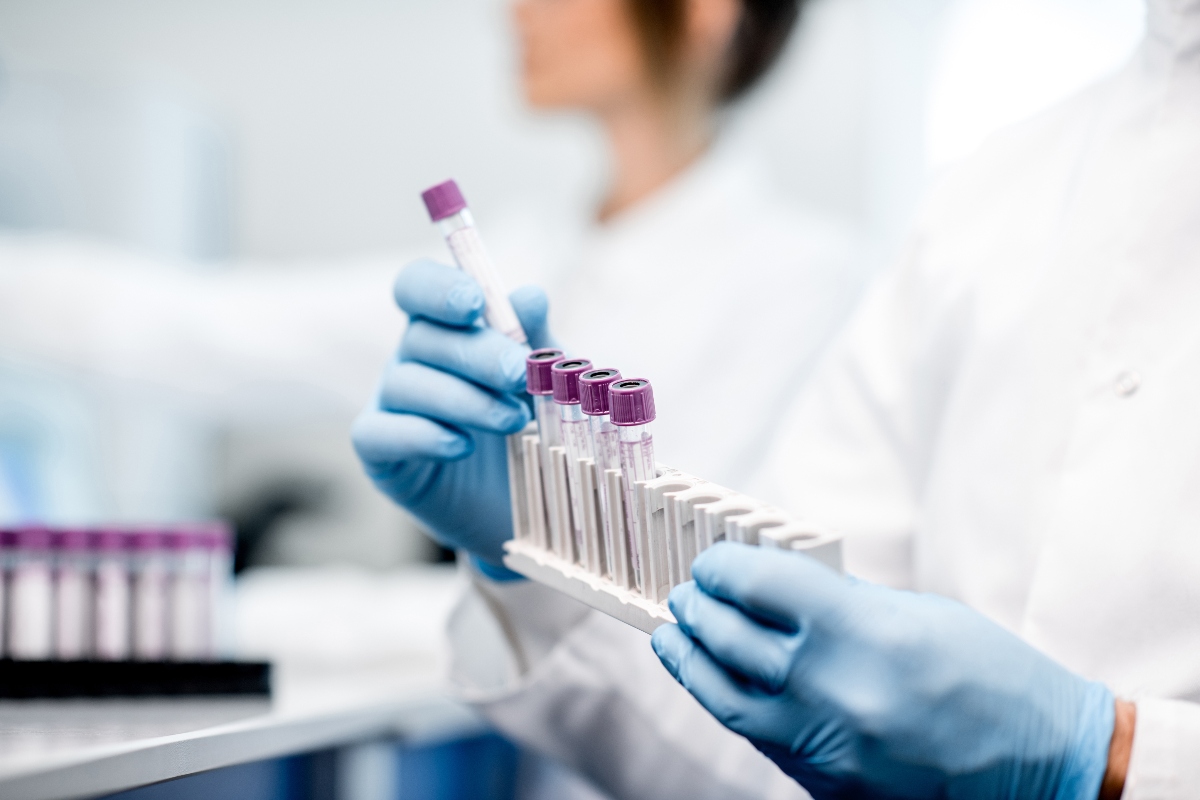 The key challenges of creating digital biosensors"
class="w-full h-full object-cover"
/>
The key challenges of creating digital biosensors"
class="w-full h-full object-cover"
/>
The key challenges of creating digital biosensors
Digital biosensors differ from traditional biosensors in their approach to detection and quantification. By partitioning samples into discrete micro-reactions and converting molecular interactions into binary (yes/no) signals, they enable single-molecule sensitivity and absolute quantification without the need for standard curves.
The development of digital biosensors represents an intricate combination of materials science, electrochemistry, microfabrication and data engineering. These systems have great potential in enabling decentralised, real-time monitoring of biomarkers in complex biological matrices. Yet, realising their full potential remains constrained by a set of deeply interlinked technical and manufacturing challenges.
Let’s break down the most critical barriers to the creation of digital biosensors, with a focus on the specific pain points facing developers working at the forefront of electrochemical platforms.
Technical challenges faced by digital biosensors
Designing a high-performance digital biosensor is a delicate balance of materials, electronics and biochemical interfaces, and each of which introduces its own limitations. The key technical hurdles can be grouped into three core areas.
Signal transduction and sensitivity
One key difficulty is achieving high sensitivity in complex biological matrices, such as whole blood or saliva, where noise, background interference and biofouling can attenuate or obscure signal generation. In digital biosensing, the challenge is heightened by the need to resolve binary signal states in femtoliter-scale volumes. Even minimal background noise can mask the presence of a single target molecule, making signal-to-noise ratio a critical constraint.
Integration of components
Creating a cohesive system that includes biorecognition elements, microfluidics, signal processing electronics and power management requires cross-disciplinary engineering. Interfaces between soft biological components and rigid electronics can degrade over time, especially under mechanical stress or in field-deployable formats.
Miniaturisation and multiplexing
Miniaturisation is key for wearable or point-of-care applications, yet reducing size must not compromise detection sensitivity or specificity. For digital biosensors, miniaturisation is fundamental to their core function of partitioning the sample into thousands of discrete volumes. Achieving reliable compartmentalisation and preserving electrochemical integrity across arrays at the same time highlights the miniaturisation challenge beyond that of conventional sensor designs. Alongside this, the integration of multiplexed detection (e.g., detecting IL-10, IL-6, TNF-α simultaneously) introduces complexity in electrode architecture, as seen in platforms using functionalised graphene electrodes.
The manufacturing challenges tied to digital biosensors
Digital biosensor designs need to be produced reliably, at scale and at a manageable cost to reach widespread adoption. Transitioning from prototype to production introduces its own set of constraints, driven by material complexity and economic viability.Material and device fabrication
Digital biosensor platforms built on advanced nanomaterials such as graphene face significant variability in synthesis. Factors like layer thickness, surface roughness, porosity and conductivity can vary substantially between batches, especially in processes that rely on exfoliation or catalyst-based chemical vapour deposition (CVD). Digital biosensors amplify the impact of fabrication variability as even small inconsistencies in electrode uniformity or surface chemistry can distort absolute counts, leading to incorrect measurements.
Quality control and calibration
Small deviations in surface functionalisation or electrode geometry can lead to significant signal drift or noise issues that are particularly disruptive in digital biosensors. Reliable calibration requires uniform signal behaviour across thousands of compartments, making it inseparable from quality control. Yet standardised protocols that account for both structural variation and electrochemical performance remain underdeveloped across much of the industry.
Cost efficiency
Many high-performing sensor materials such as noble metals or highly processed graphene remain cost-prohibitive for disposable or high-volume use cases. Manufacturing techniques that involve high temperatures, vacuum systems or complex lithographic patterning only increase capital and operational expenditure. Reducing cost per unit without sacrificing analytical sensitivity or shelf stability continues to be one of the most significant bottlenecks to widespread biosensor adoption.
How new carbon nanomaterials are enabling digital biosensors
Next-generation carbon nanomaterials offer a powerful solution to key challenges in digital biosensing. Their high surface area and exceptional conductivity support precise signal resolution at the femtoliter scale, enabling single-molecule detection with minimal noise. Importantly, their reproducible fabrication and consistent surface chemistry also help maintain accuracy across large compartmentalised arrays.
These materials also support stable, non-covalent functionalisation, which is ideal for immobilising bioreceptors without degrading electronic performance. Their inherent anti-fouling properties preserve signal fidelity in complex biofluids, and their compatibility with impedance-based and multiplexed readouts makes them well-suited to scalable, high-throughput sensor platforms.
In short, new carbon nanomaterials combine sensitivity, stability and manufacturability, unlocking the full potential of digital biosensor technologies.
The future of digital biosensing
Digital biosensors promise unprecedented precision, but realising their potential requires breakthroughs in materials, integration and manufacturability.
Gii is the material that can meet these needs. uniquely engineered to meet the rigorous demands of digital biosensing. Its high electroactive surface area, anti-fouling behaviour and batch-to-batch reproducibility directly address the signal fidelity and manufacturing consistency challenges highlighted above.
To see how Gii can streamline development, improve performance, and unlock commercial scale in your next-generation biosensor platform, download our guide below.

.jpg)

